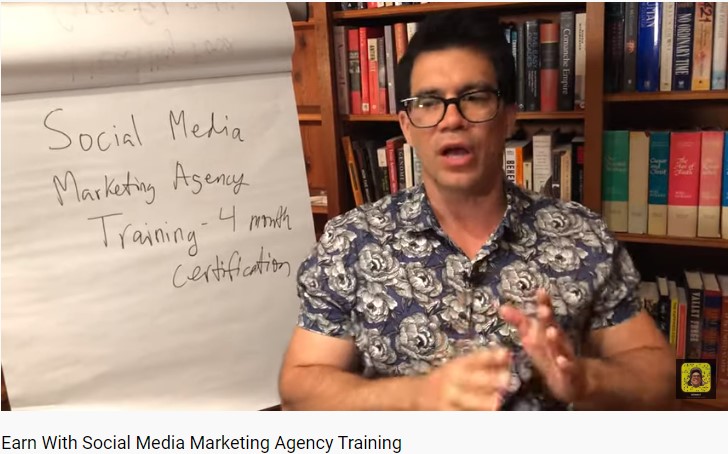This post is about CROWD1 being included on the MLM companies that are given the strong warning by SEC Commission for securing investments from members.
Before we go into the details, what is Crowd1 ?
CROWD1, is a European company and is considered the next gig star after Netflix, Airbnb, and Uber ! As mobile phones in the world becomes more than the entire global population and far more more than taxi nor hotel units ... this opportunity starts to move like a train with no breaks. As of May 6, 2020, total affiliates stands at ~5 million worldwide and is projected to reach 50-60 million affiliates by end of the year.
Now we go to the information received and advised on by SEC:
In its formal response, Crowd1 Asia Pacific Inc. (Crowd1) “strongly” objected to the advisory of SEC which stated that it was offering or soliciting securities and investments from its members.
“Crowd1 is registered with the SEC granting us juridical personality, and our operations fully operate within the legal area granted,” Regional Manager Asia Pacific Jan Frostne said.
Frostne reiterated that the terms and conditions of Crowd1 emphasized that it is not a financial institution but a paid “educational suite,” although the statement did not explain further the specifics of the suite.
“Crowd1 does not offer any token of ownership in a shared profits pool and all purchases involve a risk of full financial loss,” he added.
Prospective members were advised to do their research prior to engaging in businesses that include specific results or financial returns.
Although the statement did not explain as to what its business model is to assure profitability, its website stated that Crowd1 “does not sell any products of its own and it merely markets other companies’ digital products.”
SEC confirmed the registration of Crowd1 as a corporation on October 9, 2019 under Company Registration No. CS201917023, however, as previously reported, the entity was not able to acquire a secondary license “to issue, sell or offer for sale securities to the public nor to undertake business activities.”
According to the Securities Regulation Code, securities are “shares, participation or interests in a corporation or in a commercial enterprise or profit-making venture and evidenced by a certificate, contract, instruments, whether written or electronic in character.”
Frostne stated that they take the statements from the SEC seriously and the entity fully intends to cooperate in the proceedings especially in identifying involved individuals or groups who misrepresent Crowd1 and entice people to invest or solicit investments.
Crowd1 is fully cooperating with the SEC in order to correct any misinformation they have on the products and services the CROWD1 offers to zero out any misunderstanding.
Before we go into the details, what is Crowd1 ?
CROWD1, is a European company and is considered the next gig star after Netflix, Airbnb, and Uber ! As mobile phones in the world becomes more than the entire global population and far more more than taxi nor hotel units ... this opportunity starts to move like a train with no breaks. As of May 6, 2020, total affiliates stands at ~5 million worldwide and is projected to reach 50-60 million affiliates by end of the year.
Now we go to the information received and advised on by SEC:
The Commission has received information that an individual or group of persons representing an entity named CROWD1 ASIA PACIFIC INC. (CROWD1) are enticing the public to invest their money in the said entity with the promise of high monetary rewards or profits.Those who act as salesmen, brokers, dealers or agents of the said entity in selling or convincing people to invest in the investment scheme it is being offered including soliciting investments or recruiting investors through the internet may be held criminally liable under Section 28 of the SRC and penalized with a maximum fine of Five Million Pesos (Php5,000,000.00) or imprisonment of Twenty One (21) years or both pursuant to Section 73 of the SRC (SEC vs. Oudine Santos, G.R. No. 195542, 19 March 2014).
In its formal response, Crowd1 Asia Pacific Inc. (Crowd1) “strongly” objected to the advisory of SEC which stated that it was offering or soliciting securities and investments from its members.
“Crowd1 is registered with the SEC granting us juridical personality, and our operations fully operate within the legal area granted,” Regional Manager Asia Pacific Jan Frostne said.
Frostne reiterated that the terms and conditions of Crowd1 emphasized that it is not a financial institution but a paid “educational suite,” although the statement did not explain further the specifics of the suite.
“Crowd1 does not offer any token of ownership in a shared profits pool and all purchases involve a risk of full financial loss,” he added.
Prospective members were advised to do their research prior to engaging in businesses that include specific results or financial returns.
Although the statement did not explain as to what its business model is to assure profitability, its website stated that Crowd1 “does not sell any products of its own and it merely markets other companies’ digital products.”
SEC confirmed the registration of Crowd1 as a corporation on October 9, 2019 under Company Registration No. CS201917023, however, as previously reported, the entity was not able to acquire a secondary license “to issue, sell or offer for sale securities to the public nor to undertake business activities.”
According to the Securities Regulation Code, securities are “shares, participation or interests in a corporation or in a commercial enterprise or profit-making venture and evidenced by a certificate, contract, instruments, whether written or electronic in character.”
Frostne stated that they take the statements from the SEC seriously and the entity fully intends to cooperate in the proceedings especially in identifying involved individuals or groups who misrepresent Crowd1 and entice people to invest or solicit investments.
Crowd1 is fully cooperating with the SEC in order to correct any misinformation they have on the products and services the CROWD1 offers to zero out any misunderstanding.



















